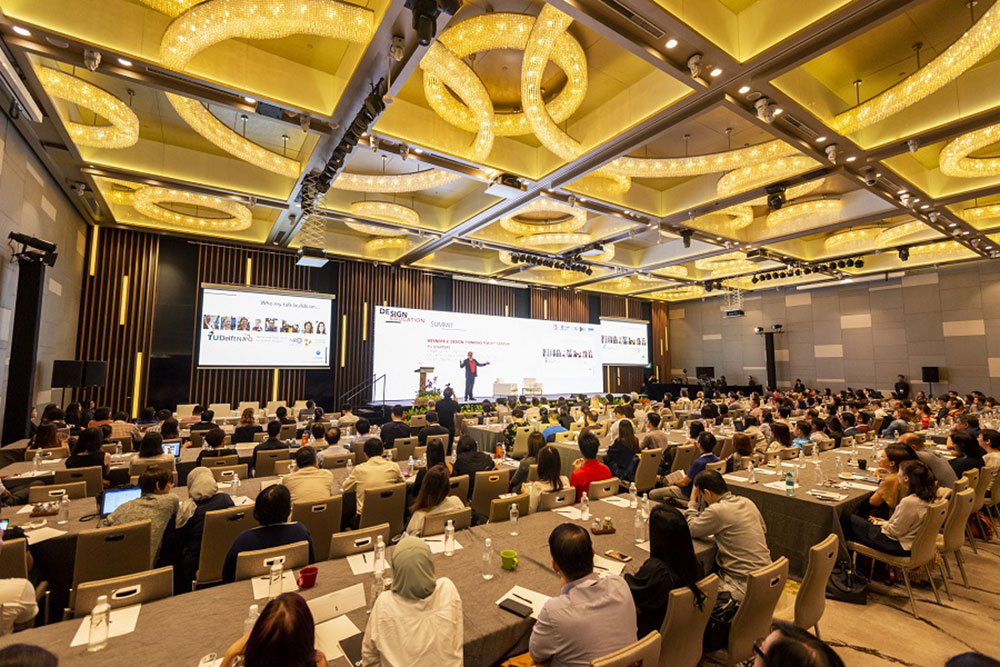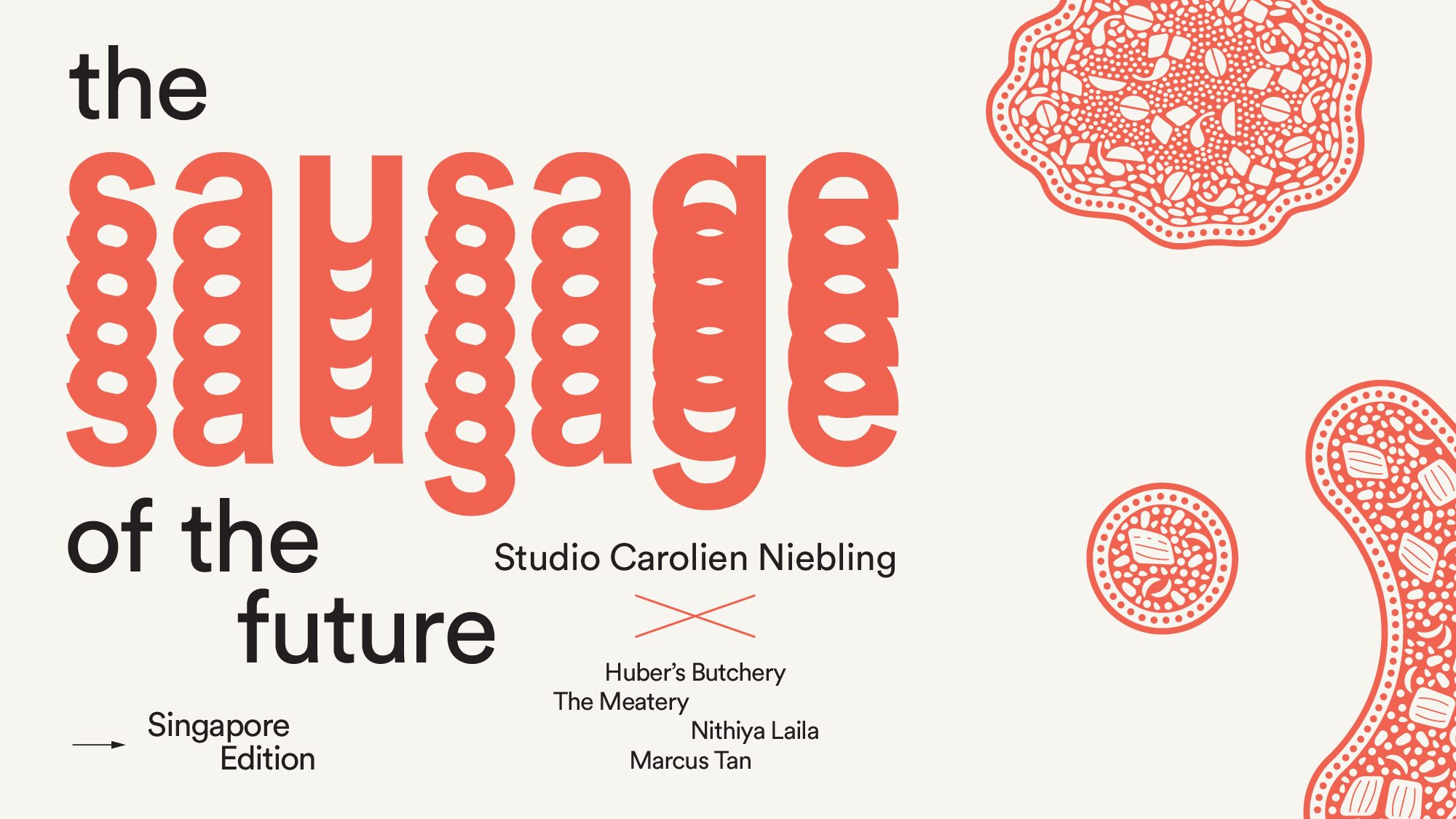VIDEO: Design Education needs to Evolve as Design Demand changes
In today’s highly competitive economic landscape, design is increasingly seen as a key driver of innovation and growth across business sectors. Design is no longer confined to the traditional disciplines, such as architecture, interior design or visual communications. Instead, more companies, across the entire spectrum of the economy, have integrated design into their business strategies – as a way to transform themselves and stand out among peers. Design is also increasingly tapped to tackle wicked challenges from environmental pollution, to health issues such as diabetes and a rapidly ageing population.
Against this backdrop, the demand for designers has also increased and their job scope expanded. This means that design education must evolve too, to ensure that future designers have the multi-disciplinary skills and transdisciplinary training to tackle complex challenges in their work.
To address this pressing need to review design education, the DesignSingapore Council, together with the SUTD-MIT International Design Centre organised the inaugural Design Education Summit (1-2 November 2018). The summit brought more than 300 education institution leaders, from both design and non-design sectors, to deliberate on strategies and solutions revolving around design education.
Two key topics were discussed at the Summit:
- How and why design was critical as a mind-set and skill-set for success and fulfilment in the 21st century, hence its priority in education today;
- The challenges and constraints faced by educators in the integration of design into curriculum and accessing performance in design education
During the summit, various speakers shared their opinions on the state of design education. On Day 1, keynote speaker Chan Weixuan, Head of Open Innovation at Procter & Gamble, Singapore, discussed how failure and subsequent innovation creates the foundation for good design. Professor Lucienne Blessing, co-Director of IDC at SUTD, hosted a hands-on experience on Micro Design Innovation Experience and two workshops that gave delegates the opportunity to share experiences and challenges in bringing design to their educational institutions
Other speakers included Chooake Wongwattanasilpa, Managing Director and Head of User Experience and Design at DBS Bank and Dr Pascal Soboll from leading design innovation firm Daylight Design.

On Day 2, keynote speaker Professor Pieter Jan Stappers, Chair of Design Techniques at the Faculty of Industrial Design Engineering from the Delft University of Technology in the Netherlands, examined the obstacles blocking the injection of design thinking into educational institutions. Cassandra Foo Li Ming, Head of Department, Aesthetics, Cedar Girls’ Secondary School also shared the noteworthy perspective that design thinking changes students’ character when innovating for social good. Nah Hong, Head of Department for Research, Innovation and Design (RID) of Commonwealth Secondary School, Pee Suat Hoon, Project Director and Principal Academic Mentor of Singapore Polytechnic, and Professor Matthew Ward, Head of Design at Goldsmiths College in London, brought attention to schools which are implementing design thinking strategies into their systems.








